Arizona has a rich Native American history dating back thousands of years ago with the Ancestral Pueblo (or Anasazi), O’odham, and Sinagua people, along with 15 other original Native American tribes.
Today, Arizona is home to 21 federally recognized Native American nations, communities, and tribes. More than a quarter of the state is comprised of reservation lands and includes the majority of the Navajo Nation, the largest Native American reservation in the US.
If you are planning a trip to Arizona, I would highly recommend visiting some of the well-preserved Indian ruins. While many of the ruins are inaccessible or difficult to access, here are 5 of the most accessible Indian ruins in Arizona that are worth a visit!
And just a reminder, if you have a 4th grader, be sure to take advantage of the free National Parks Pass!
6 of the Best Indian Ruins in Arizona to Visit
Table of Contents
- Wupatki National Monument
- Walnut Canyon National Monument
- White House Ruins Canyon de Chelly National Monument
- Montezuma Castle National Monument
- Casa Grande Ruins National Monument
- Navajo National Monument
Wupatki National Monument
Wupatki National Monument visitor information:
- Address: 25137 Sunset Crater-Wupatki Loop, Flagstaff
- Fee: Admission is $25 per vehicle for a seven-day pass.
- Notes: Admission includes access to both Wupatki National Monument and the Sunset Crater Volcano. Just hang on to your receipt for verification.
Visiting the Wupatki National Monument is one of our favorite things to do in Flagstaff with kids.
As you drive through the sparsely vegetated landscape just outside Flagstaff where rocks are plentiful and cell phone towers are few, you’ll find ancient ruins dotting the horizon of Box Canyon.
Take a short walk to the remnants of the Lomaki Pueblo, a two-story adobe brick structure that translates to “beautiful house”.
Stop for a picnic at the Doney Picnic Area with a short nature trail that offers views of the Wupatki basin and the distant Painted Desert.
And be sure to make time to visit the crowning jewel, the Wupatki Pueblo. This 4-story structure was built about 900 years ago and housed a small community within its 100 rooms.
The complex also consists of the remains of a large gathering room, preserved ball court, and a blowhole.
The blowhole is a natural phenomenon located at the end of the walkway and constantly blows cool air out of the earth.
Walnut Canyon National Monument
Walnut Canyon National Monument visitor information:
- Address: 3 E Walnut Canyon Rd, Flagstaff
- Fee: $15 for everyone ages 16 years and up, and free for kids 15 years and younger.
- Notes: The ruins can only be accessed by a steep stone staircase, so this trail may not be for everyone.
Walnut Canyon is a pretty remarkable place where the steep cliff sides are pocketed with ancient pueblos. It is hard to imagine how so many people could not only live, but thrive in these cliffside dwellings.
You’ll start your visit at the visitor center where you can see displays and exhibits chronicling the history of the canyon and the Sinagua people that inhabited the canyon over 700 years ago.
From the visitor center, embark on the 1-mile roundtrip Island Trail. The trail leads past 25 cliff dwellings that visitors can explore.
It also offers breathtaking views across the canyon where you can see many more dwellings camouflaged into the Kaibab Limestone cliffs.
Although the trail is relatively short, it descends 185 feet into the canyon through a series of stone steps. Hiking back up those steps on the return trip is quite the workout! Especially considering that you are climbing at an elevation of 7,000 feet.
The trail is mostly paved and is doable with kids. Just take your time and use caution, especially as there are some drop-offs with no guard rails.
Be sure to pack plenty of water and do your part to preserve the park and ruins. The rim trail is also a great alternative if you have young kids. The easy 0.7-mile trail leads to scenic canyon overlooks and the remains of a pithouse and pueblo.
White House Ruins Canyon de Chelly National Monument
Canyon de Chelly National Monument visitor information:
- Address: Canyon Rd., Chinle
- Fee: Free
- Notes: Be sure to visit the Impressive Spider Rock while visiting Canyon de Chelly
The White House Ruins at Canyon de Chelly are my favorite Indian ruins in Arizona. Canyon de Chelly is located in the northeast corner of Arizona. It is run by the National Parks Service but is owned by the Navajo Tribal Trust and is considered part of the Navajo Nation.
The canyon itself is millions of years in the making. The fiery red cliffs were shaped by geological forces and the deep snaking ravines were cut by an ancient river.
The fertile soil on the floor of the canyon attracted the early Ancestral Pueblo and has sustained life for thousands of years.
Canyon de Chelly has been consistently inhabited for the past 5,000 years, which is longer than any other location in the Colorado Plateau.
The settlers first built pit houses and then sought more protection by building homes in the natural alcoves of the cliff walls.
After the Puebloans migrated out of the valley, it was inhabited by the Hopi who blanketed the land with corn fields and peach orchards.
The Navajo were the last to inhabit the land and are still found living in the canyon and cultivating the land today. About 40 families live within the valley and park boundaries.
When visiting, you’ll want to start your day off at the visitor center. Here you can pick up a park map and view the daily activity schedule.
As you drive along the South Rim Drive, the White House Overlook is the fourth stop from the visitor center and one of the biggest draws for visitors.
A short paved trail from the parking lot will lead to this expansive overlook. It is here that guests can peer down into the valley and catch a glimpse of the striking White House Ruins.
These ancient Anasazi ruins are well preserved in an alcove on the face of a surreally steep canyon wall. The ruins are thought to be originally constructed around 1070 AD and were home to at least 50 people.
The White House Ruin Trail is the only authorized trail you can take without a Navajo guide. The trail is 2.7 miles round trip with a fairly steep descent and multiple switchbacks.
Hiking up the switchbacks can prove to be quite challenging. Pack plenty of water, especially in the summer, and try to avoid hiking in the heat of the day. Visitors are not allowed to explore inside the ruins but they can be viewed up close from behind a fence.
For more information, see our guide to Visiting Canyon de Chelly.
Montezuma Castle National Monument
Montezuma Castle National Monument visitor information:
- Address: 2800 Montezuma Castle Hwy, Camp Verde
- Fee: $10 for ages 16 years and older, free for 15 years and younger.
- Notes: The entrance fee is good for 7 days and includes admission to the Montezuma Well and Tuzigoot National Monument as well.
Montezuma Castle National Monument is home to some of the best-preserved cliff dwellings in all of North America. It is one of the most impressive Indian ruins in Arizona and also one of the most easily accessible.
Here, you will find the remarkably preserved cliff dwellings built into an alcove high on a sheer limestone cliff. These dwellings once belonged to the Sinagua people around 1100-1425 AD.
Begin your visit at the visitor center where you can pick up a map and view the small museum and gift shop. From there, take a short 1/3 mile partially shaded paved trail to view the ancient ruins.
Visitors are not permitted to climb into the ruins, but from the walking path you can observe the 5-story structure consisting of about 20 rooms. There is also a scale-model replica to show what the interior of the structure looked like.
There are also smaller dwellings and informational signs and displays along the trail that help visitors imagine what life was like for the Sinagua people.
You can also follow the trail along the river that served as a lifeline for this tribe. While it is a small area and doesn’t take long to visit these ruins, it makes for a great stop on an Arizona road trip.
To make the most of your time there, try to catch one of the regularly held ranger talks where you’ll learn more about the history and the significance of the area.
The pass also includes admission to the Montezuma Well and Tuzigoot National Monument.
The Montezuma Well is a massive limestone sinkhole with an underground spring that produces around 1.5 million gallons of water a day.
The Sinagua people used the spring to irrigate their farmlands. You can even see the ruins of their homes scattered around the rim of the well.
Tuzigoot National Monument is about 25 miles away near Cottonwood.
Here, visitors can view the ruins of a 110-room ancient Sinagua pueblo built onto the hillside. The walking trails allow easy access to observe these ruins and beautiful sweeping views of the Verde Valley.
Casa Grande Ruins National Monument
Casa Grande Ruins National Monument visitor information:
- Address: 1100 W Ruins Dr., Coolidge
- Fee: Free
The Casa Grande Ruins National Monument showcases the preserved ruins of an ancient Hohokam farming community that resided here for over 700 years.
The main attraction is the “Great House”, one of the largest prehistoric structures built in North America. It was constructed around AD1300-1350.
You can also view the remains of the “plazas” surrounding the main house.
These open spaces were used for food preparations, pottery making, spinning, basket weaving, and other chores. You can also see the ball court and what remains of the extensive irrigation network.
Guided tours are offered at no charge and there are informational plaques placed throughout the area.
A visit to the Casa Grande ruins doesn’t take long but makes for an interesting and educational stop while traveling from Phoenix to Tucson.
And while you’re in Tucson, be sure to check out our guide for the Best Things to do in Tucson with Kids!
Navajo National Monument
Navajo National Monument visitor information:
Address: Shonto, Arizona
Fee: Free
Navajo National Monument is located about 10 minutes off of Hwy 160 between Tuba City and Kayenta.
Here you will find two 13th-century ruins, including the largest prehistoric cliff dwelling in Arizona.
There are three self-guided trails and two guided trails in the park. The most popular is the Sandal Trail as it is the only trail that allows you to see the ruins without a guide.
The Sandal Trail is an easy 1.3-mile roundtrip paved trail with little elevation gain. At the end of the trail, you’ll find a great lookout where you can see the Betatakin Cliff Dwellings.
This 135-room cliffside dwelling dates back to 1250-1300 BC and was once home to Ancestral Puebloans.
Guided tours are offered to hike down to the ruins. The Keet Seel Dwelling is another ruin located in the canyon that can only be accessed by a guided tour. Check the website for more information.
Navajo National Monument makes for a great stop while taking a road trip from Flagstaff to Monument Valley. Click the link for more recommended stops.
There are many other incredible ruins to explore in the state, but we hope you get a chance to visit these six easily accessible Indian ruins in Arizona!
If you enjoy exploring Indian ruins, I would highly recommend visiting Mesa Verde National Park in Colorado. See our guide How to Spend One Day at Mesa Verde for our top recommendations.
Pin it for later:
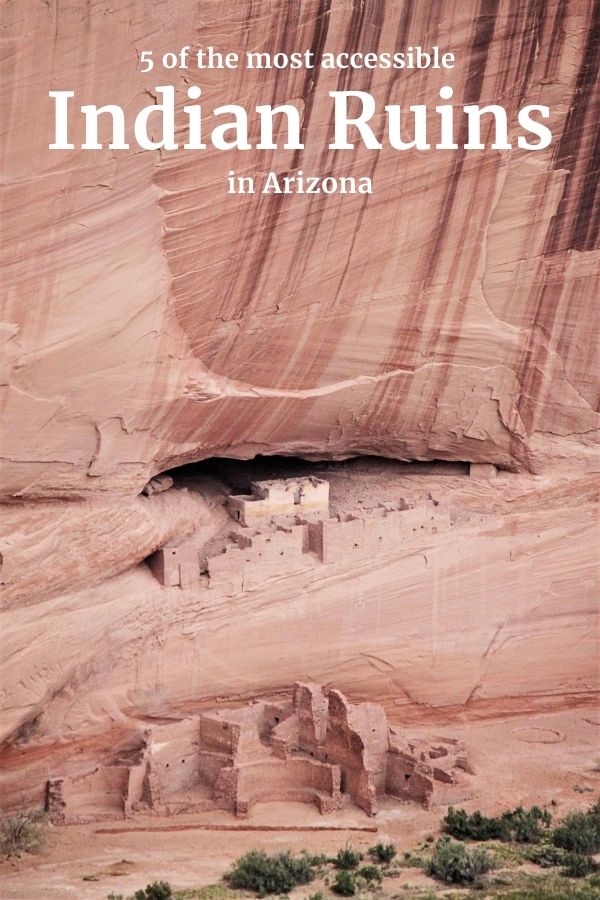


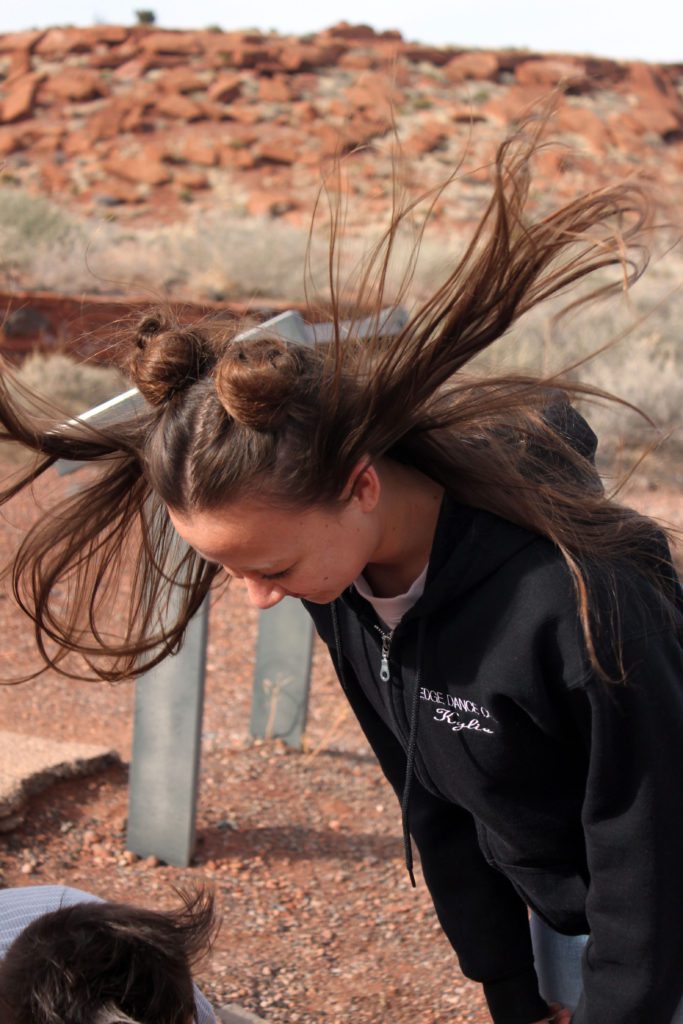
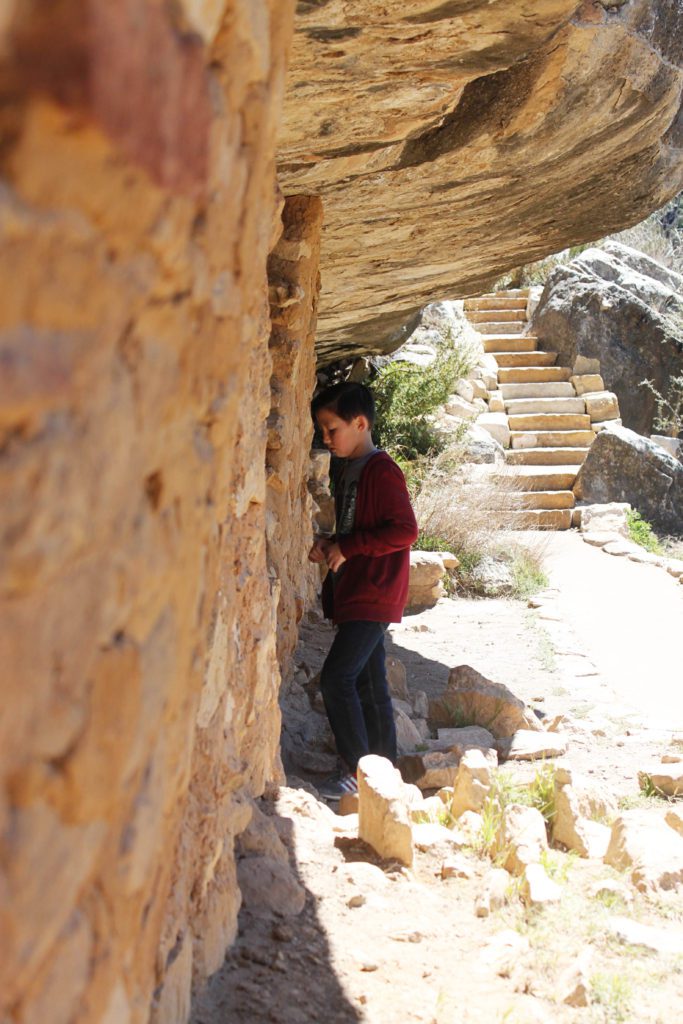
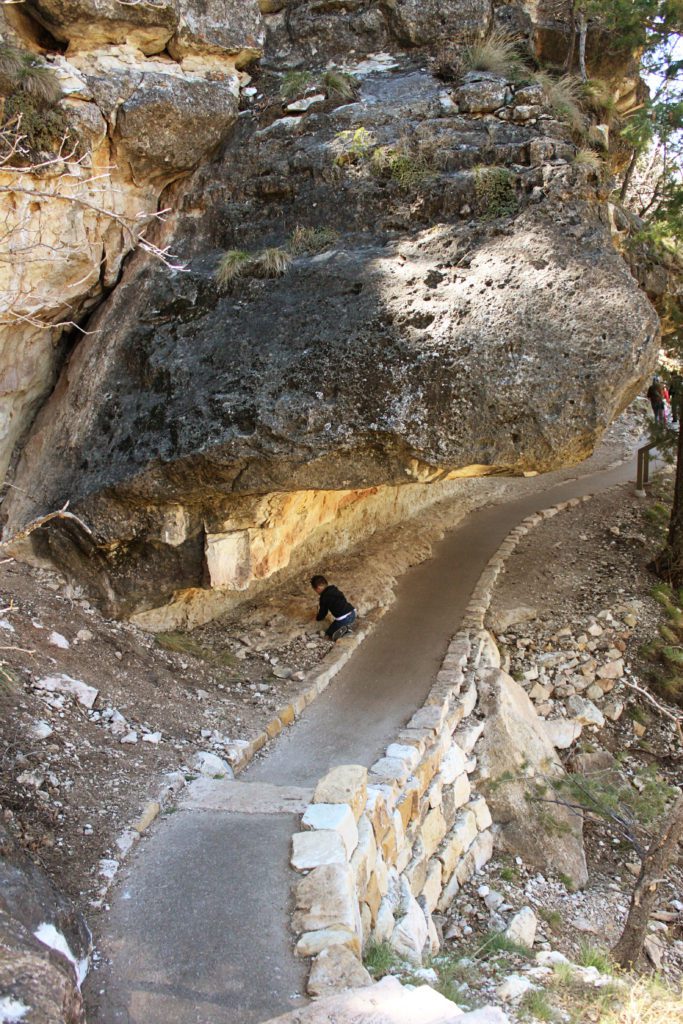


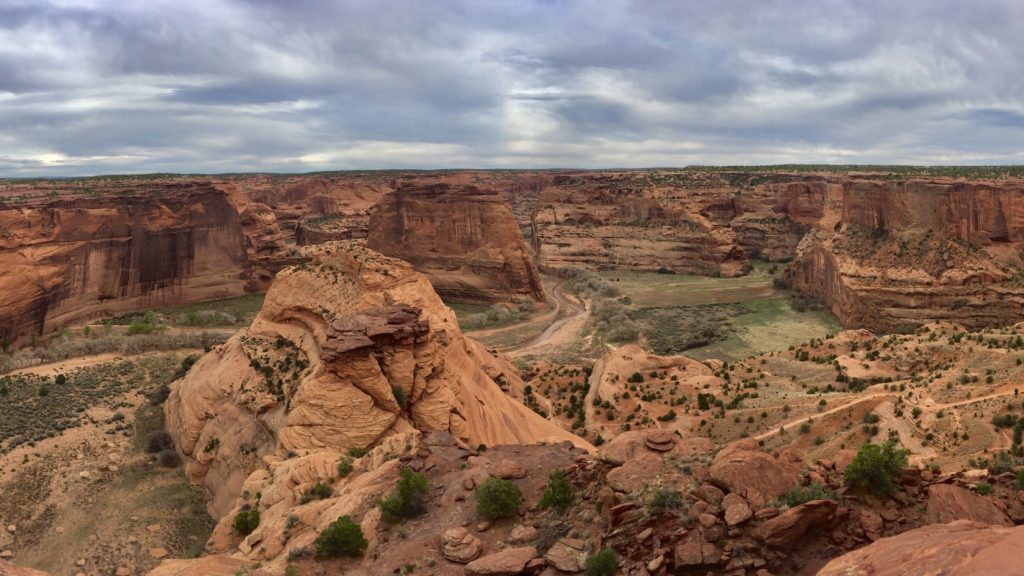
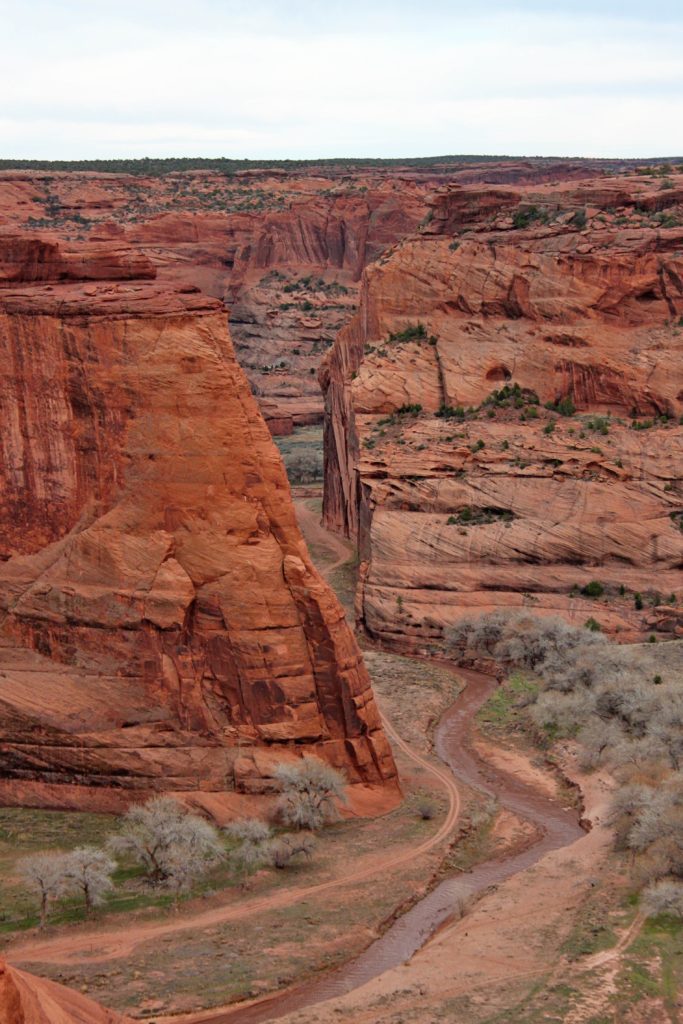
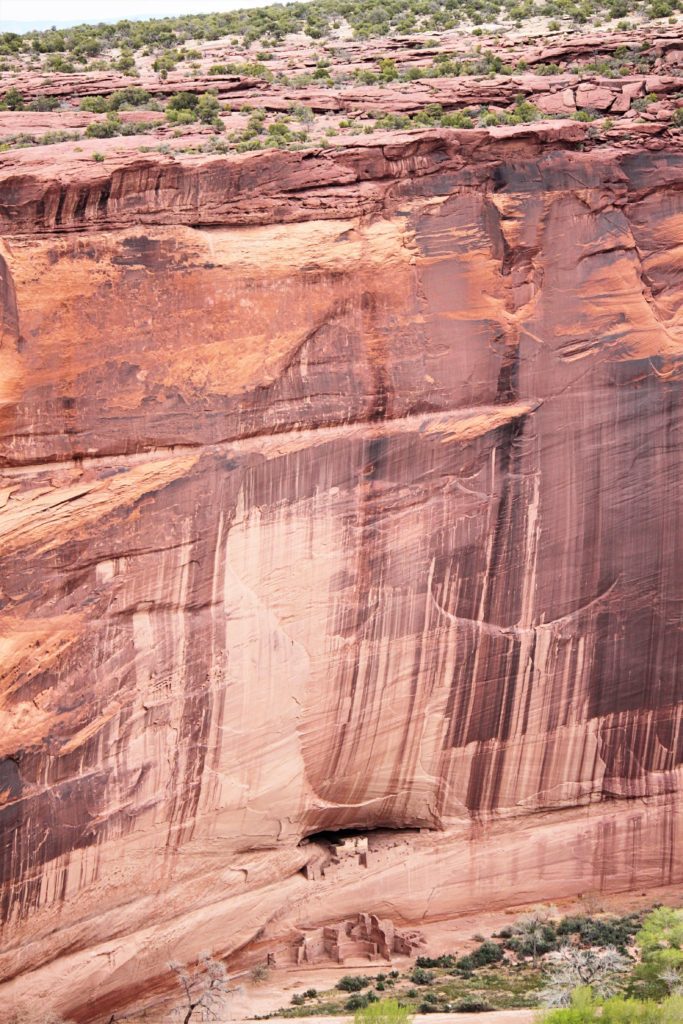
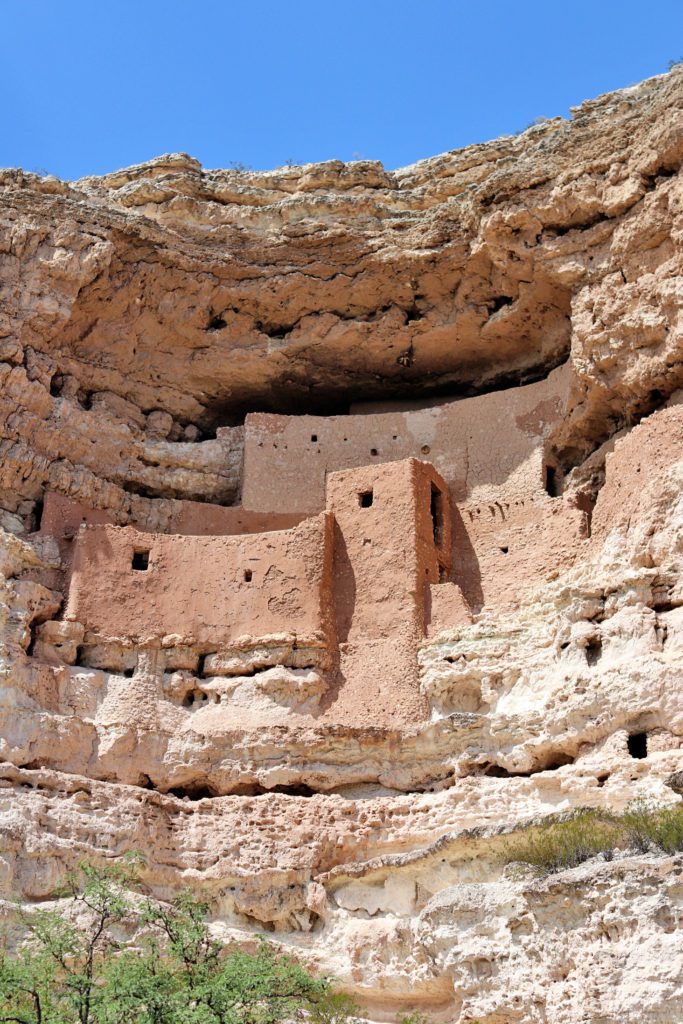
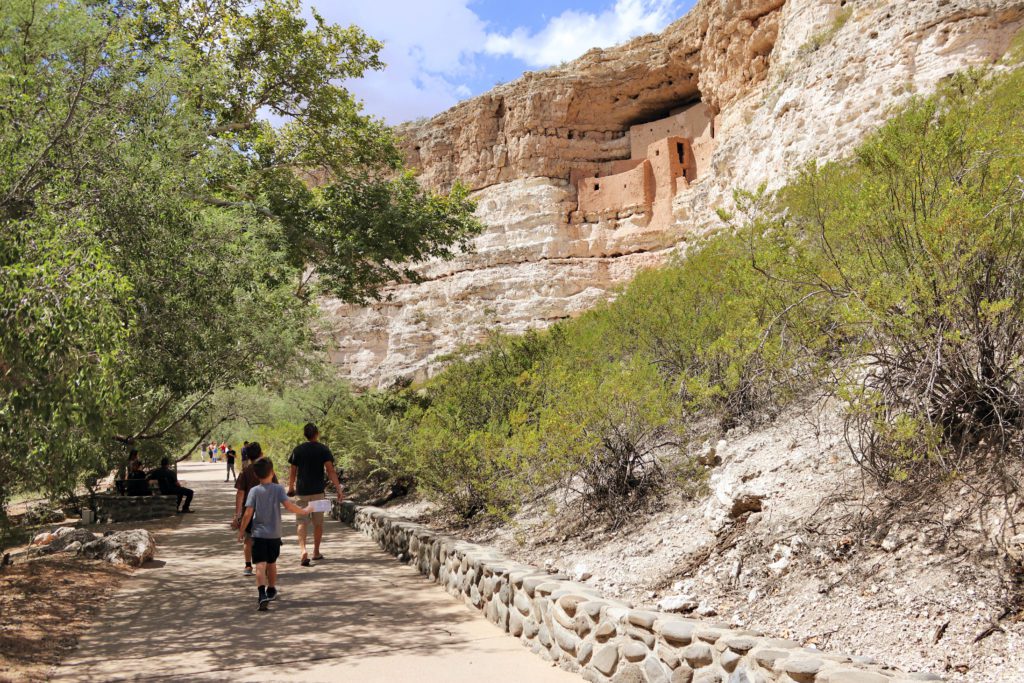
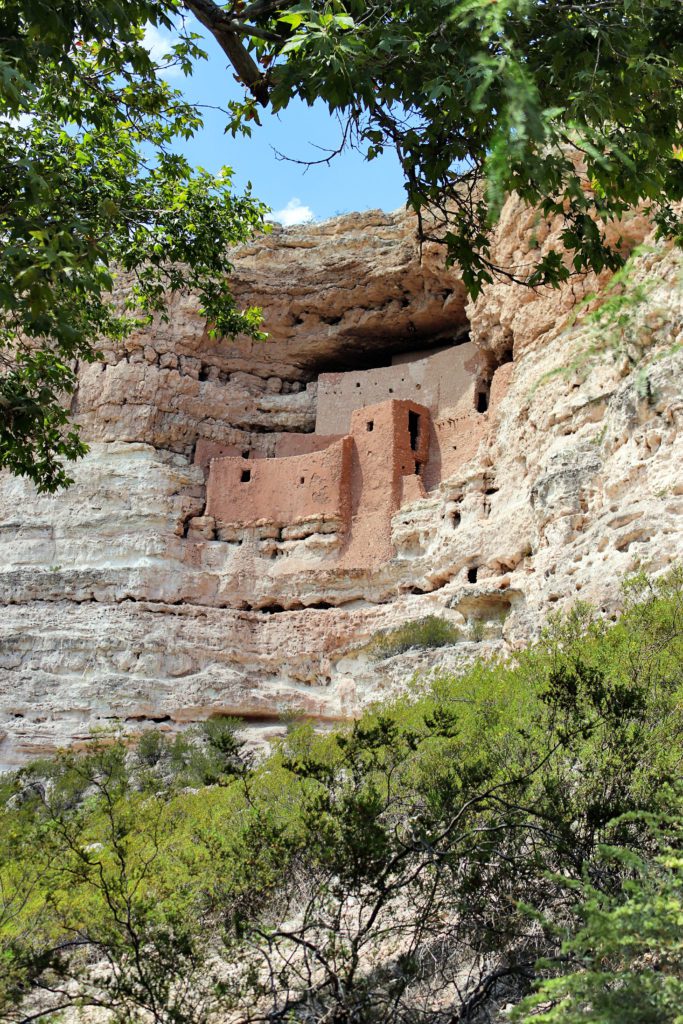
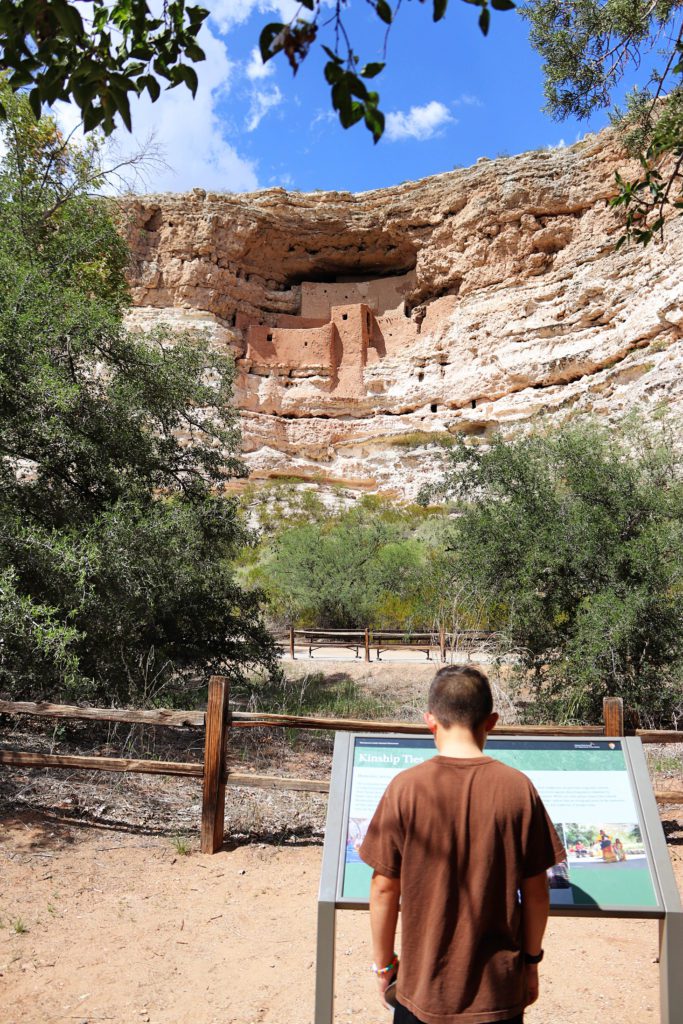
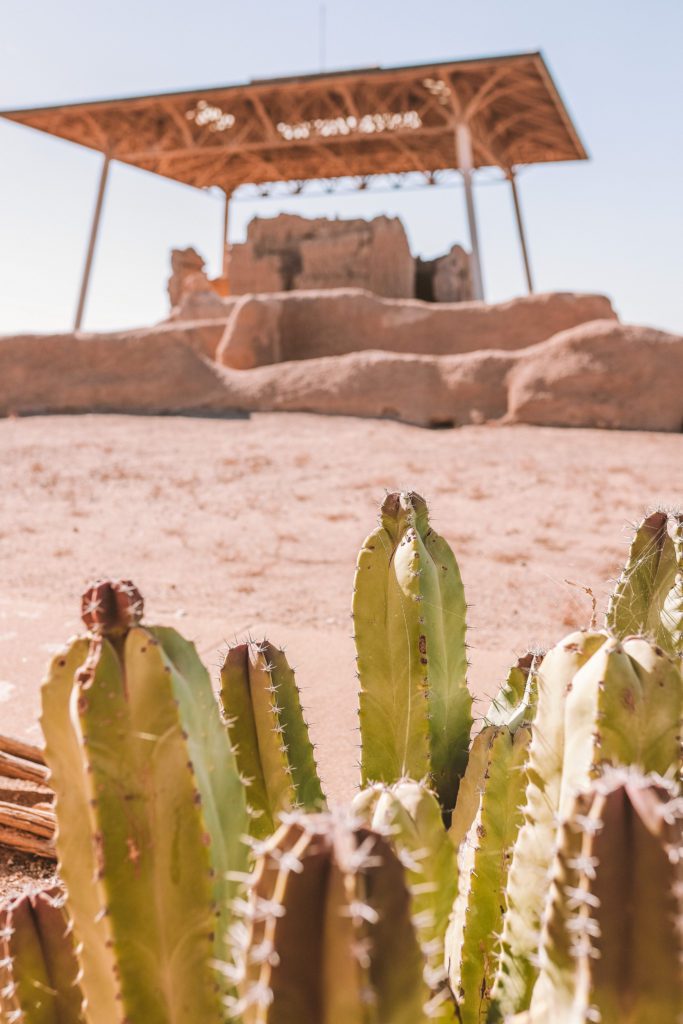
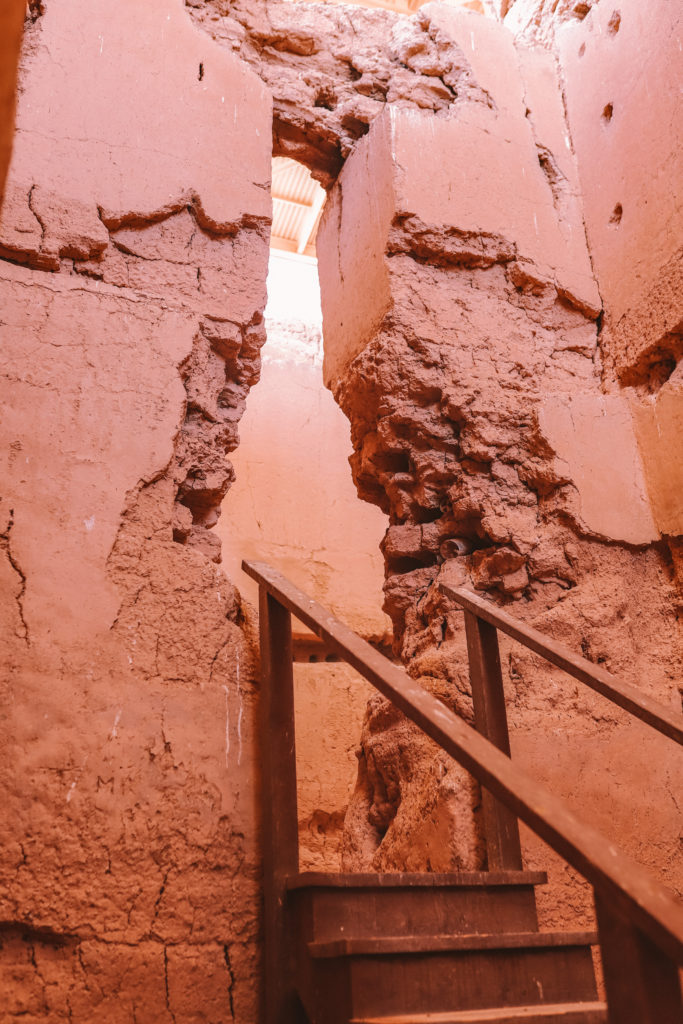

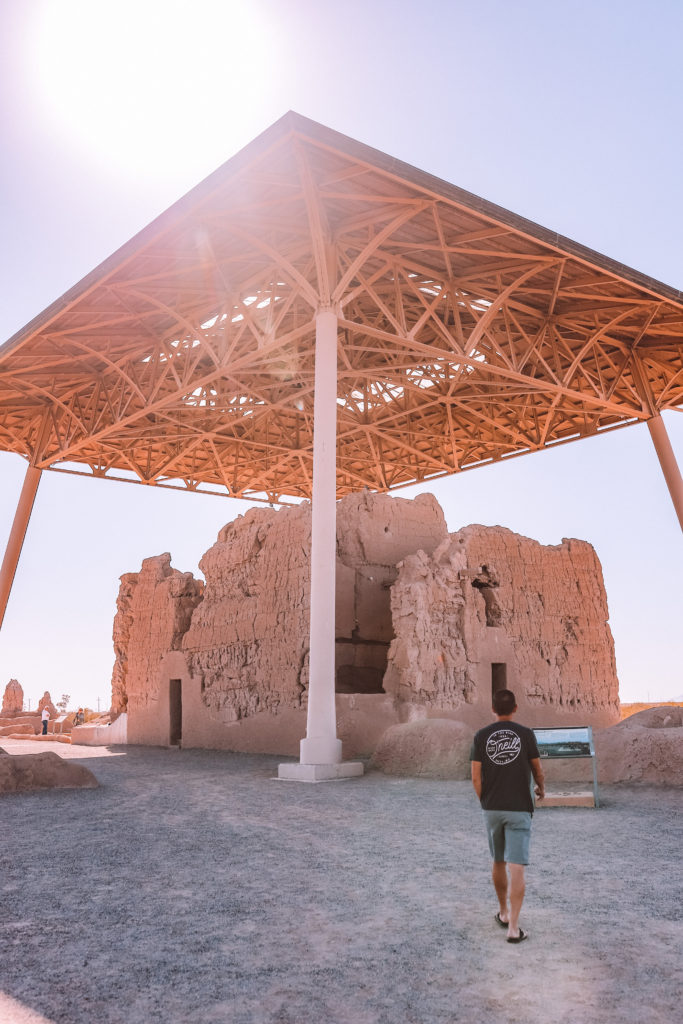
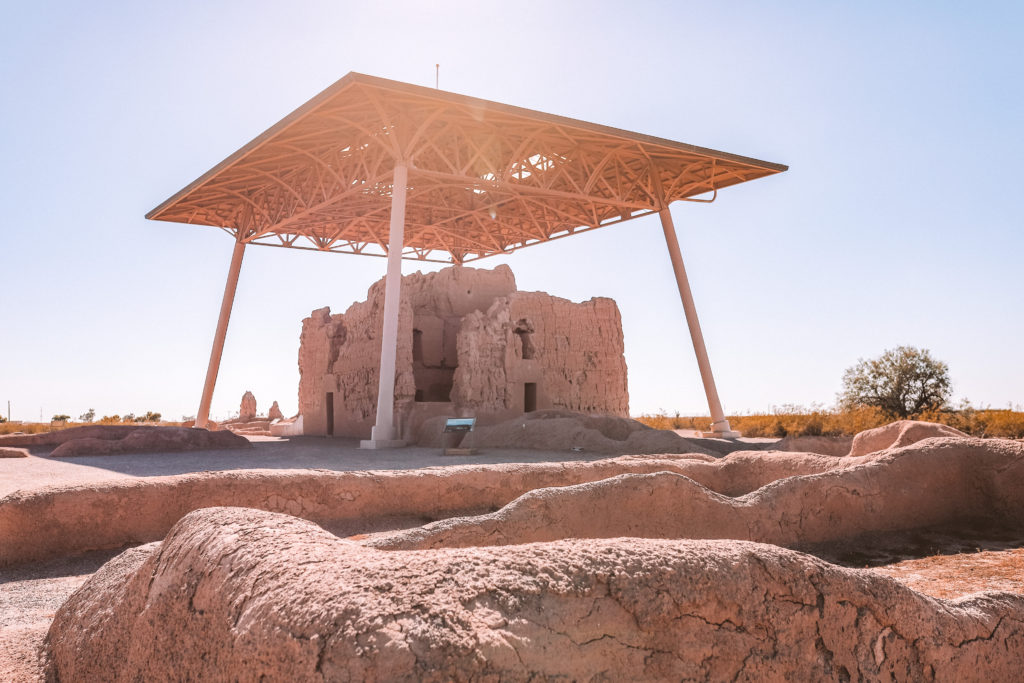
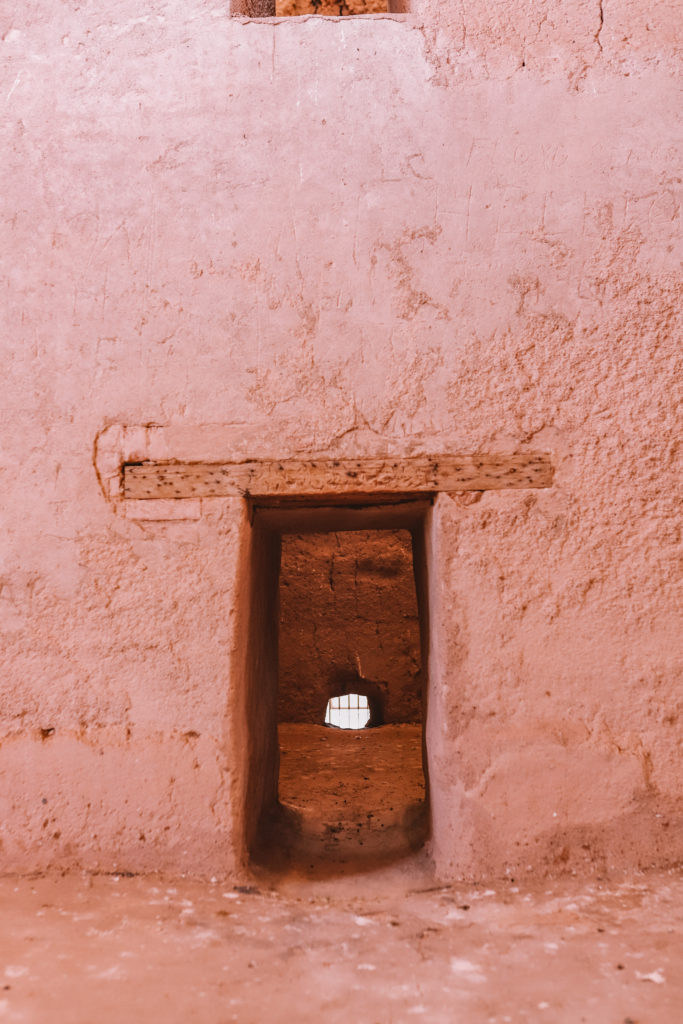
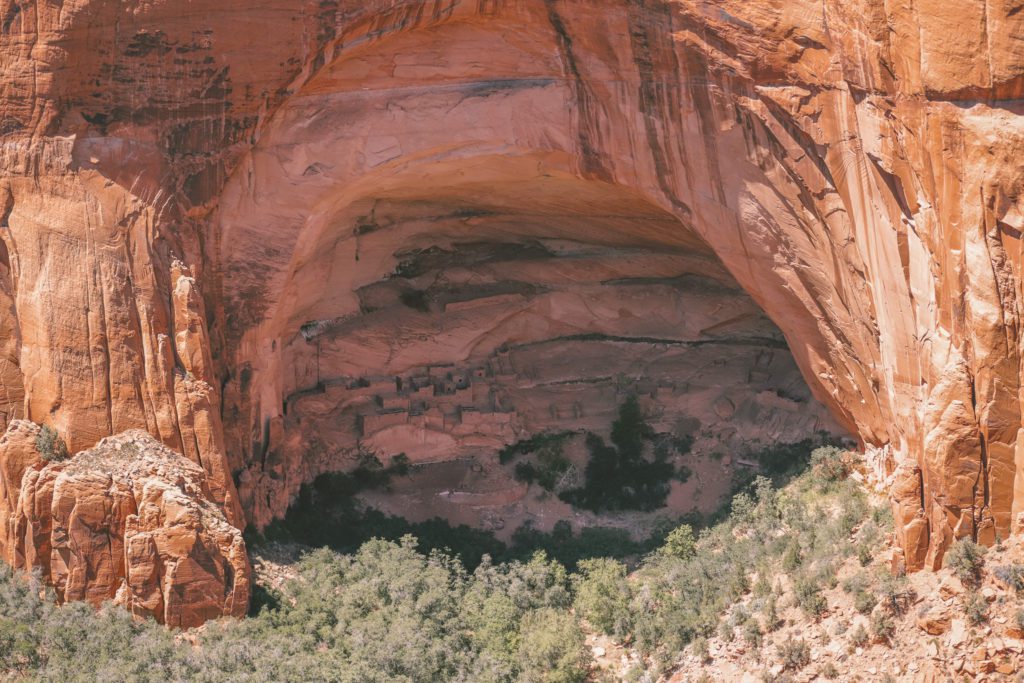
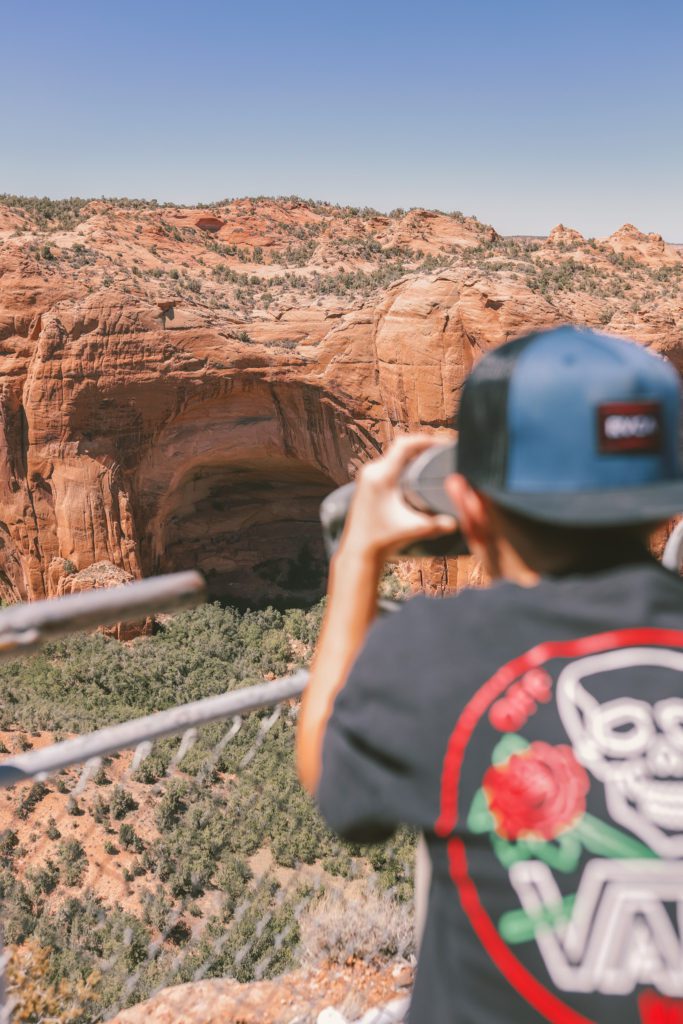

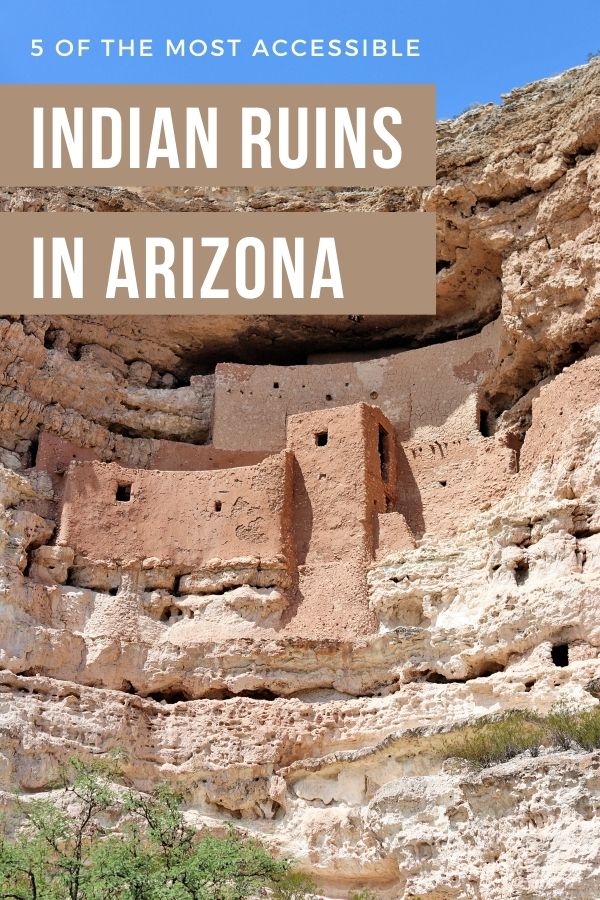



Great article! Thank-you! I am planning a Winter Trip. Just wondering about snow, driving, hiking.
Hi Betty!
The ruins are all easily accessible and don’t require much hiking to reach either the ruins or the viewing decks. Walnut Canyon does have a steep staircase if you would like to walk down and see the ruins up close. There is also an option to hike down to the White House Ruins as well. As for the snow, Flagstaff is the only area that would see much snow which is where Walnut Canyon and Wupatki are located. However, the roads are well maintained and kept clear. Canyon de Chelly may also see snow, but it would only be a few inches and shouldn’t affect your trip. I hope that helps, enjoy your trip.
Hi Jamie, I have been to Canyon De Chelly recently and admission is no longer free. Also, unless you want to hike several miles through deep sand, you should probably take one of the Native-run tours to White House Ruin. Tours costs money, but are definitely worth the expense.
Hi JP, thanks for letting me know, I’ll update the guide!